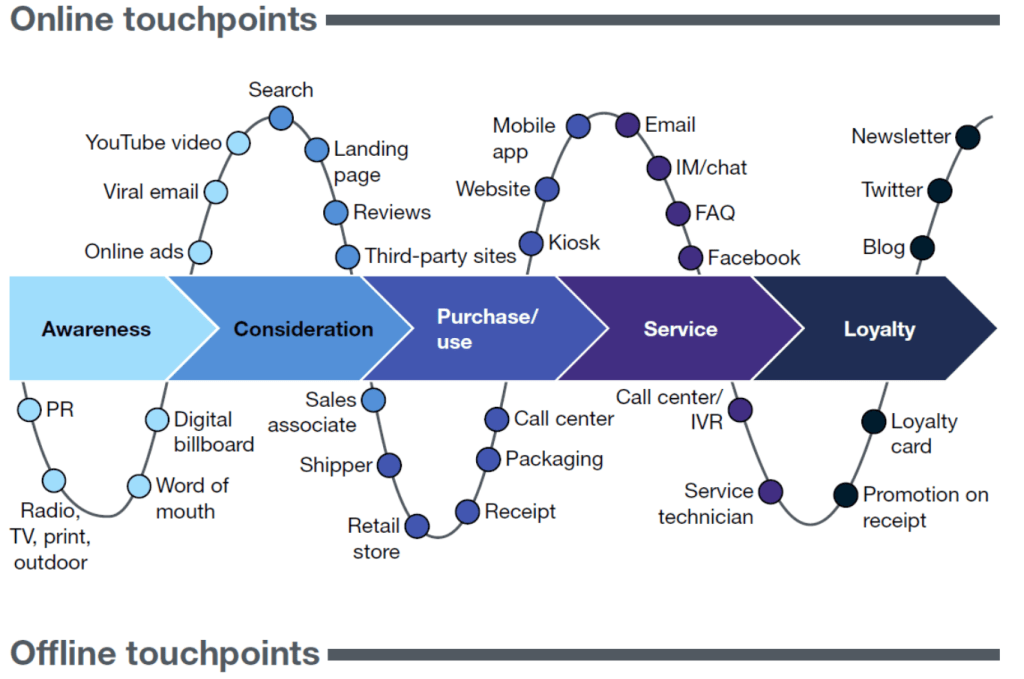What does it take to win on the digital shelf?
The most important element in the digital shelf equation is robust data analytics. This allows CPG brands and manufacturers to monitor all the aspects of a product’s performance on a digital platform, and how all those performance indicators change as a result of the actions taken.
Differences between Amazon and bricks and clicks
Amazon is expected to capture as much as 50% of the ecommerce market in 2022, so it’s important to understand how it differs from traditional retailers. Their search engine criteria differ from bricks and clicks retailers, necessitating a dedicated digital shelf strategy.
Sales performance history is very important in Amazon’s algorithm, as is keyword and text matching. Visibility is key and being amongst the first products listed in search results is crucial.
Sometimes quick fixes can improve listing on AMZ like ensuring imagery, including video, conforms to Amazon’s guidelines.
With its access to 3P vendors, Amazon designs search and findability to feature items customers want to purchase so discoverability is paramount.
Reliable online data collection
The typical shopper’s journey is becoming complex, with multiple touchpoints, which generates a lot of data. Three things are necessary for a manufacturer to be able to trust the data a data analytics provider is offering: First the scraping and the cleaning of the data must be rigorous.
Human verification is the most reliable. Next, it must be exhaustive location-based data as opposed to sample-based data, which is inaccurate. And last, the data collection must cover the entire category for an overview of competitor’s activity.

Digital shelf actionability
A KPI scorecard is an important part of monitoring the digital shelf. It will indicate how products are performing against metrics you have chosen. However, a platform that offers guidance and actionability is essential to stay competitive today.
This feature will suggest specific actions that can be taken to achieve specific goals. This is doubly useful because it will be possible to measure how effective the recommended actions were once they were taken.
Following these KPIs closely can only reap benefits as Forrester research indicates that half of US retail sales are already influenced by digital activity, and that number will continue to increase.

“Half of US retail sales are now digitally impacted, and we expect this to grow to 58% by 2023.”
Forrester
Digital shelf management flexibility
Manufacturers need to define their KPIs with a data analytics provider so they can create a customised scorecard to get a rapid daily or weekly analysis summary. As the market changes different performance metrics become priorities so it’s also important to have a platform that is easily adaptable to changing needs and that allows you to monitor availability.
Digital shelf UX
A good user experience is one of the most common demands from people using a data analytics interface. Even though there is complexity involved in the back end of a platform, the front end shouldn’t be complex to use or read. A platform needs to be a simple visualization tool that gives crucial information to users in a click.
Automation, guidance and predictive CPG analytics
The better the data science behind a platform, the better the analytics are going to be.
Analytics that are truly useful to brands make recommendations on exactly how to rectify performance issues. For example, a good analytics tool will offer automated guidance based on the metrics for how to increase a product’s performance on a retailer’s search engine by making specific adjustments to content, imagery, product descriptions and keywords, to name a few.




